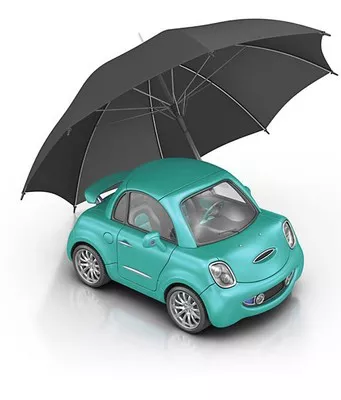Canceling your car insurance can be a necessary step in various situations. Perhaps you’ve sold your vehicle, found a better insurance deal, or no longer need coverage for your car. In any case, understanding how to cancel insurance on a car is essential to avoid unnecessary expenses and complications. In this comprehensive guide, we’ll walk you through the process, providing detailed information and actionable steps.
Reasons to Cancel Car Insurance
Change of Vehicle Ownership: If you’ve sold your car or transferred ownership to someone else, canceling your insurance is essential to avoid covering a vehicle you no longer own.
Switching Insurance Providers: Finding a better insurance deal or switching providers can be a common reason to cancel your current policy.
No Longer Need Coverage: You may be relocating to an area where you no longer require a car, or you’ve decided to stop driving temporarily. In such cases, canceling your insurance can save you money.
Understanding the Cancellation Process
Review Your Policy: Carefully review your current insurance policy to understand the terms and conditions of cancellation. Note any cancellation fees or requirements.
Contact Your Insurance Company: Reach out to your insurance provider to initiate the cancellation process. This can often be done by phone, email, or through their online portal.
Provide Necessary Information: Your insurance company will require specific information, such as your policy number, effective cancellation date, and the reason for cancellation.
Verify the Cancellation: Ensure that your insurance provider confirms the cancellation in writing. This will serve as evidence of the process.
Dealing with Refunds and Unused Premiums
Refund Calculation: Insurance companies typically refund the unused portion of your premium after cancellation. The amount refunded depends on various factors, such as the length of time remaining on your policy.
Cancellation Fees: Be aware of any cancellation fees, as these may impact the final refund amount.
Timely Payment: Make sure you’ve paid any outstanding premiums to avoid complications during the cancellation process.
Cancelling Car Insurance After an Accident or Claim
Consult with Your Provider: If you’ve been involved in an accident or made a claim on your policy, discuss the cancellation process with your insurance company. There may be specific procedures to follow.
Possible Penalties: Some insurance providers may impose penalties for canceling your policy after an accident or claim. Understanding these penalties is crucial.
Alternative Coverage: Ensure you have alternative coverage in place before canceling your current policy if you still need insurance for another vehicle.
Canceling Car Insurance Online
Many insurance companies offer online account access, making it convenient to cancel your policy online.
Log into Your Account: Visit your insurance company’s website and log into your account.
Navigate to Cancellation Section: Look for the cancellation section within your online account. Follow the instructions provided.
Double-Check Details: Ensure that you’ve entered the correct information, including the effective cancellation date.
What to Do After Cancellation
Return License Plates: In some regions, you may need to return your vehicle’s license plates to the local DMV or relevant authority after canceling insurance.
Notify Relevant Parties: Inform the Department of Motor Vehicles (DMV) and any other relevant authorities about the cancellation to avoid potential legal issues.
Keep Records: Maintain records of your canceled policy and any correspondence with your insurance provider. These records can be important for future reference.
Cancelling car insurance is a straightforward process when you have a clear understanding of the steps involved. By following the steps outlined in this guide, you can ensure a smooth cancellation process and avoid any unnecessary complications. Remember that it’s essential to be well-informed about the terms and conditions of your policy and to communicate with your insurance provider throughout the process.
In conclusion, knowing how to cancel insurance on a car can save you money and help you avoid unnecessary expenses. Whether you’re changing vehicles, switching providers, or no longer need coverage, this guide provides you with the information you need to navigate the cancellation process with ease.


